The plants in this section are a mix of pretty much everything… trees, flowering plants, herbs and vegies. The one thing they all have in common is that they will all add either a splash of colour or a wonderful accent to your garden.
 |
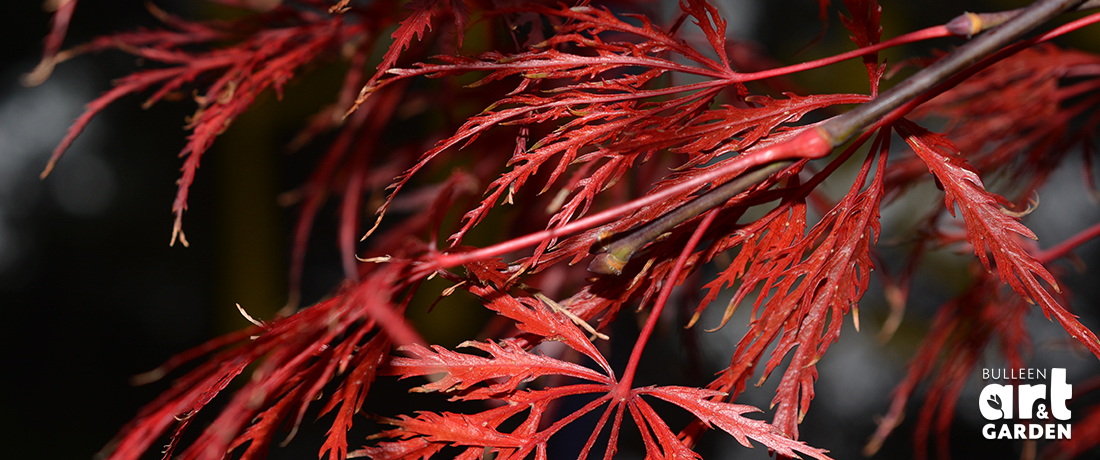
Acer – Japanese Maple – Lovely green leaves that deepen over summer and then autumn sees stunning, almost iridescent, oranges, yellows and bright to deep crimson reds. Acers truly are spectacular!
 |

Alyogyne – Australian member of the Hibiscus family known for its gorgeous open satiny petalled flowers. Flowering from late spring to the end of summer, it produces hundreds of flowers which open in the morning and last the single day.
 |
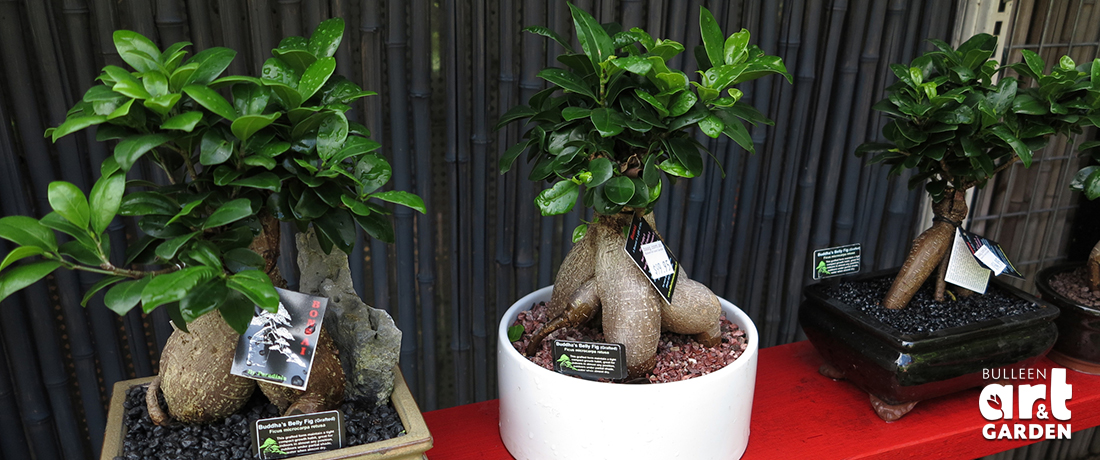
Bonsai – The art of Bonsai can be traced back as far as the 6th Century AD. Far more than simply miniaturisation, a Bonsai should capture a moment in nature. Requiring skill, effort and an appreciation of the subtleties of each tree, the results can be truly breathtaking . It may seem daunting when you first start reading about it, but providing you remember to carry out the routine maintenance it really is quite straight forward.
 |

Boronia – Quite a lot of breeding has been done with boronias and numerous lovely cultivars and hybrids are on the market and worth looking at. Perhaps the most exciting development is the grafting of boronias to give them a longer garden life.
 |
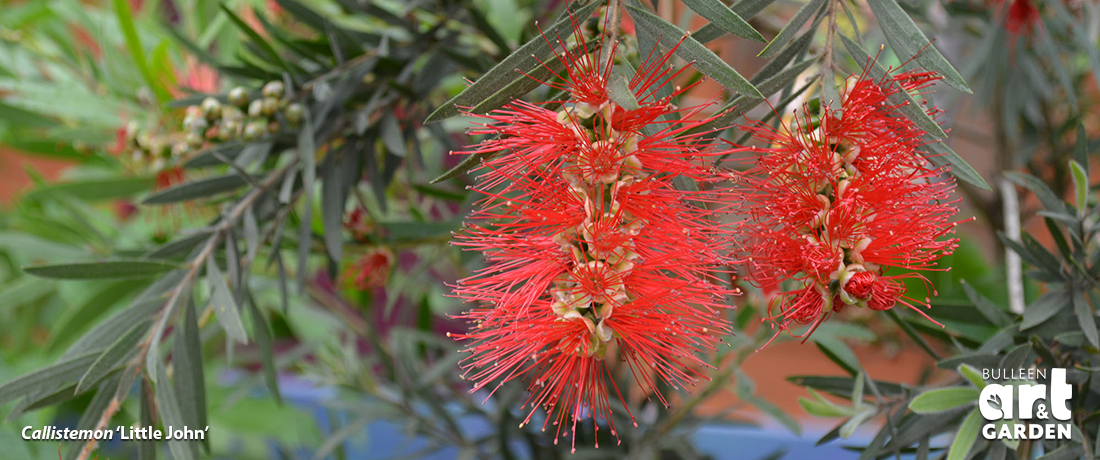
Callistemons (Bottlebrushes) – One of the most profuse flowering of all our native plants, the bottlebrush is both beautiful and tough. Colours range from white and cream through to pale pinks, brilliant reds and purples.
 |

Camellias – Camellias are one of the most enduring and versatile evergreen garden plants. Their garden value is further enhanced due to their winter flowering season when most other plants are either in decline or dormant.
 |
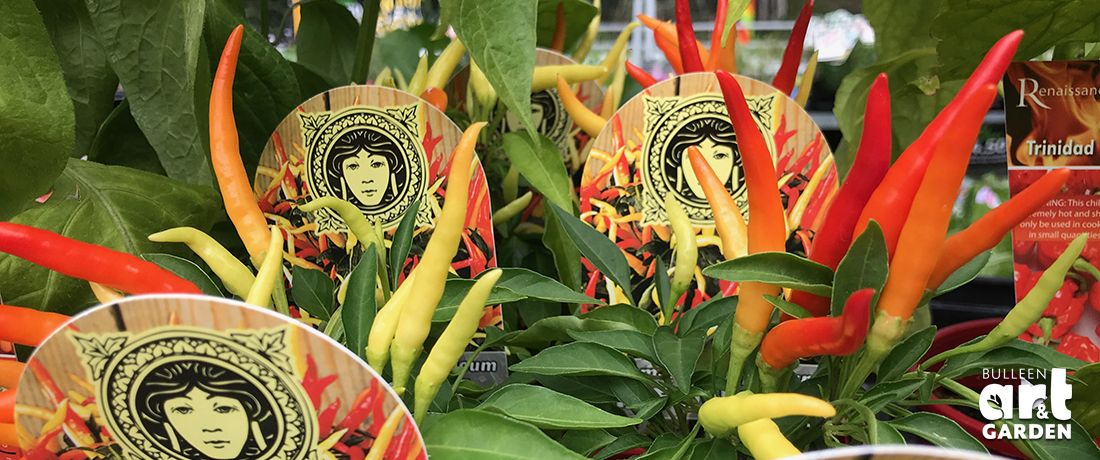
Capsicum & Chillis – Summer is the perfect time to get in your Chilli and Capsicum seedlings. Once the fruit starts to set there is nothing better than seeing splashes of bright red, orange, yellow and green dotted throughout the vegie patch. There are so many great summer salads and stir fries to use them in… what are you waiting for?
 |

Grevilleas – Grevilleas are ever flowering, ever popular and there is an ever-increasing number of new cultivars released each season. This genus ranges from groundcovers to trees and can have some widely different requirements and tolerances.
 |
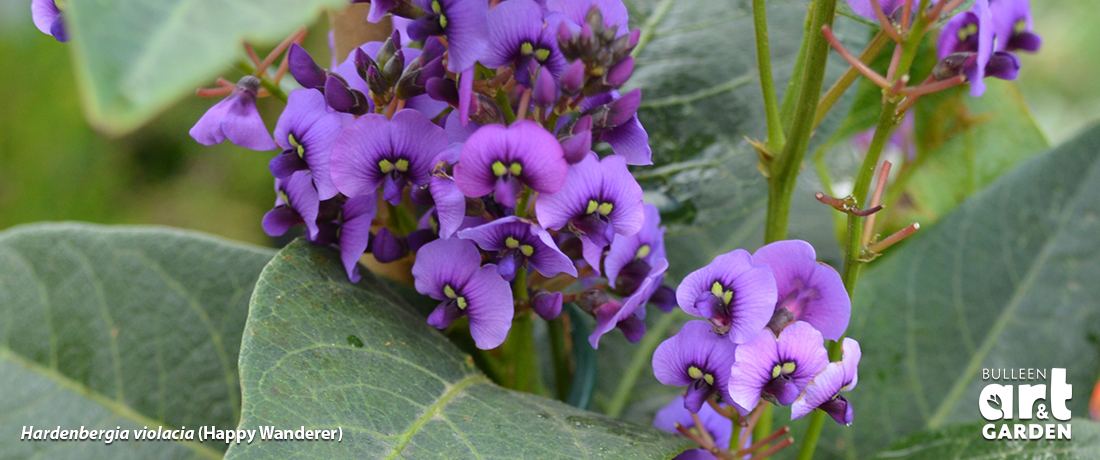
Hardenbergia violacea (Happy Wanderer) – The long flowering period make it a valuable pollen source for native bees. Frost tolerant and copes with dry exposed sites, but prefers some protection from the full sun. Looks best planted in groups. Gorgeous, delicate soft pink flowers from late winter through spring.
 |
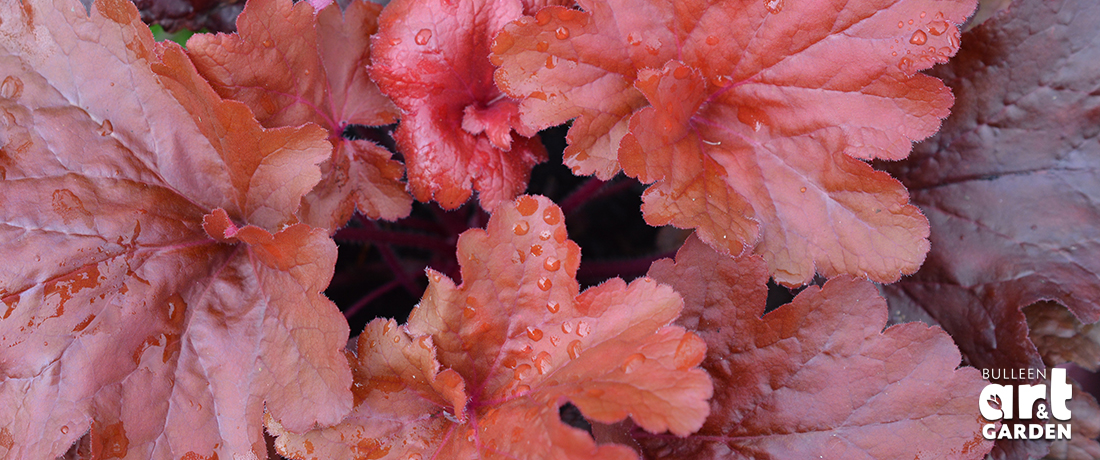
Heuchera – Originally a useful groundcover with attractive foliage and light airy flowers popular with honeyeaters. Now hybridised and bred to create a truly amazing array of leaf colours, and the flowers are relegated to an incidental bonus. They flower in late spring and surprisingly, they work well as cut flowers.
 |
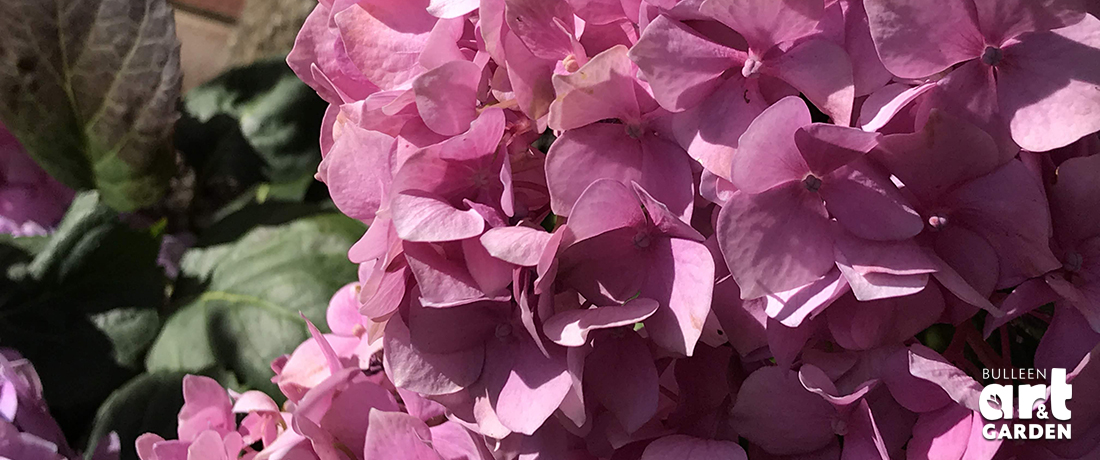
Hydrangeas – Hydrangea flowers are produced from early spring to late autumn; they grow in flowerheads (corymbs or panicles) most often at the ends of the stems.
 |
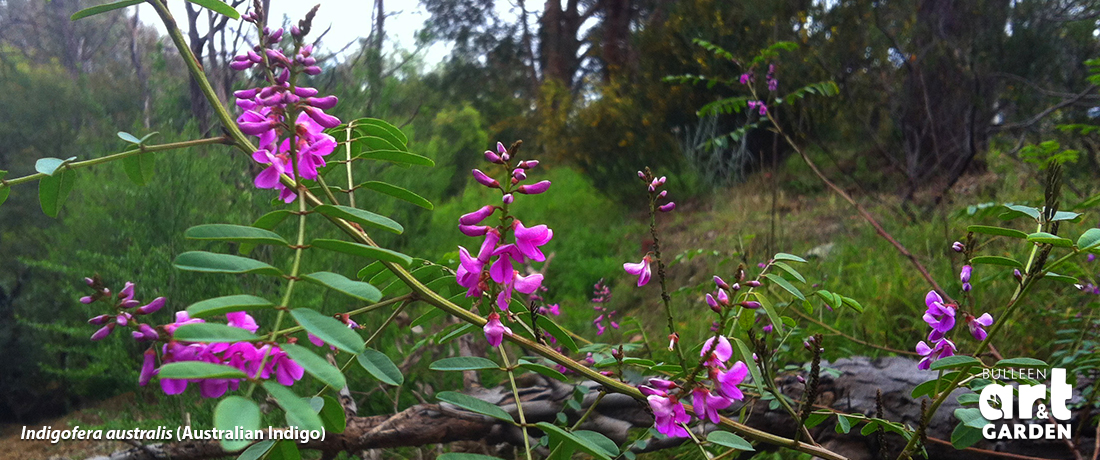
Indigofera australis (Australian Indigo) – Flowers are sprays of soft purple through to pink from mid-September to November. Lovely soft blue green lacy foliage. Form can be variable, pruning will give a neater dense form, leaving alone will lend to a more delicate open arching form.
 |

Kangaroo Paw – There are 12 different Kangaroo paws, 11 different Anigozanthos species and one Macropidia fulginosa. All are from Western Australia. Many of the named cultivars available from the nursery are hybrids of these different species.
 |
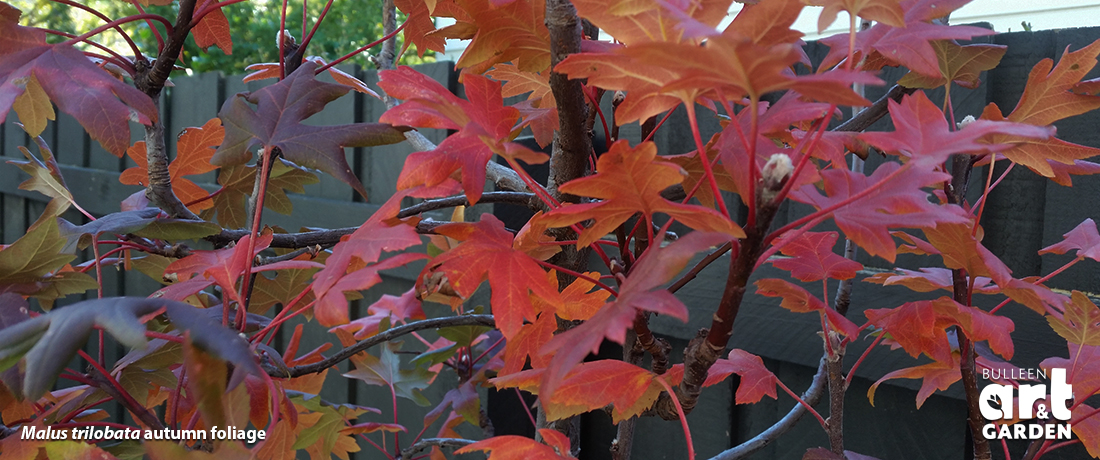
Malus trilobata – Grows to a nice comfortable 6-7m x 2-4m wide. In addition, it has dark green, deeply lobed maple like leaves turning to brilliant and eye-catching red / scarlet in autumn. The charming white flowers of spring look good against the dark green foliage and are followed by green crab apples in autumn.
 |
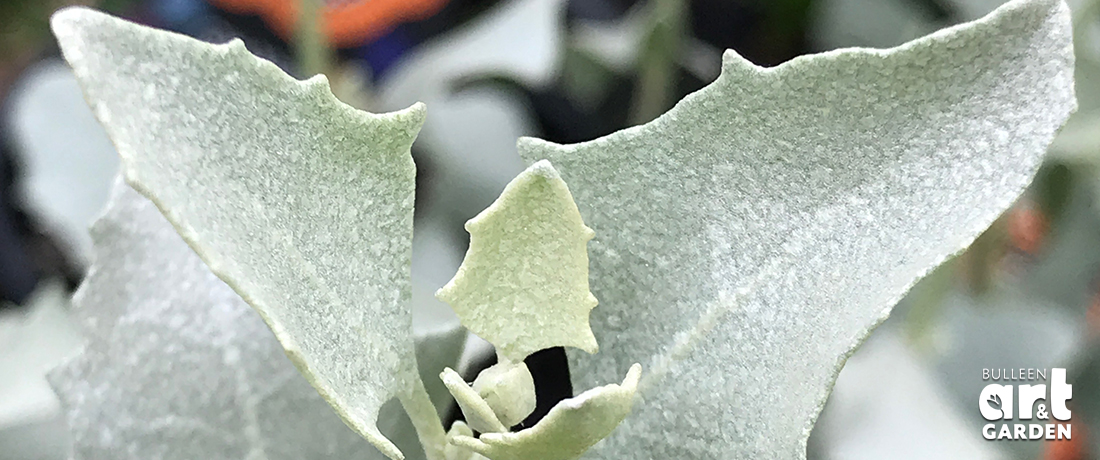
Old Man Salt Bush – The attractive silvery grey leaves are variable in shape and size, and when dried and crumbled are sought after as a salty flavouring for many foods.
 |
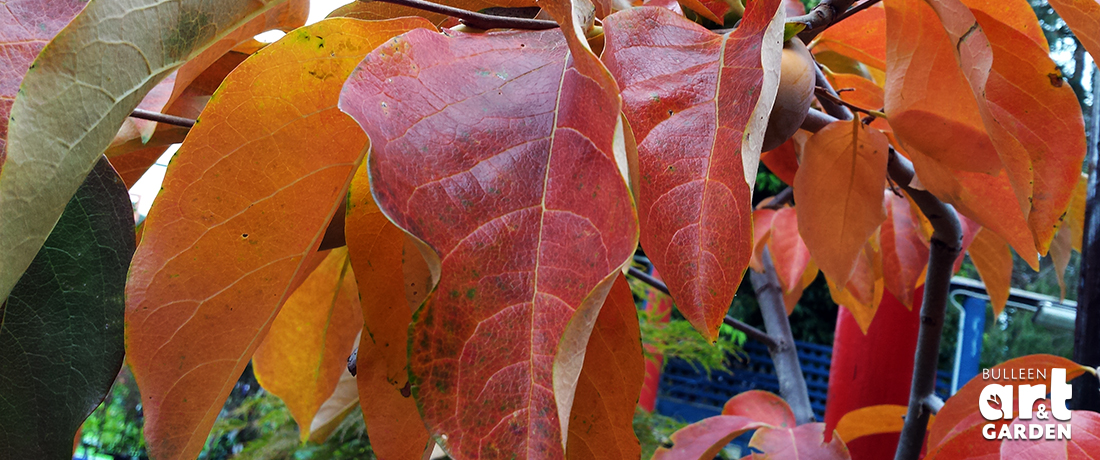
Persimmon – Persimmon are a highly ornamental deciduous fruit tree with dense bright green foliage, spectacular orange and red autumn colours, light grey bark, and a beautiful twisted form in old age. In same cases, the large orange fruit are held on the bare branches after leaf-fall, creating a jeweled sculpture!
 |
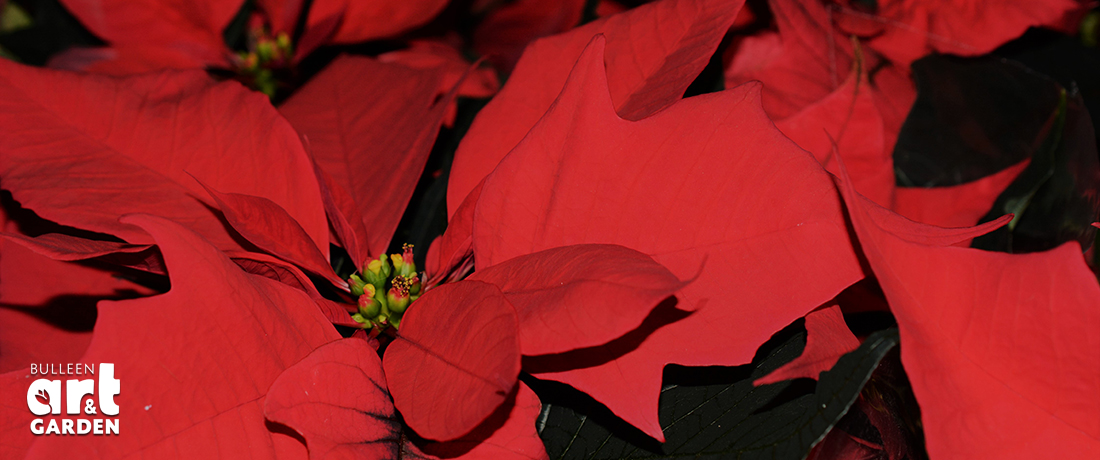
Poinsettias – Love them or hate them, they sure do multiply around Christmas time. Here are some tips to keep yours healthy for longer.
 |
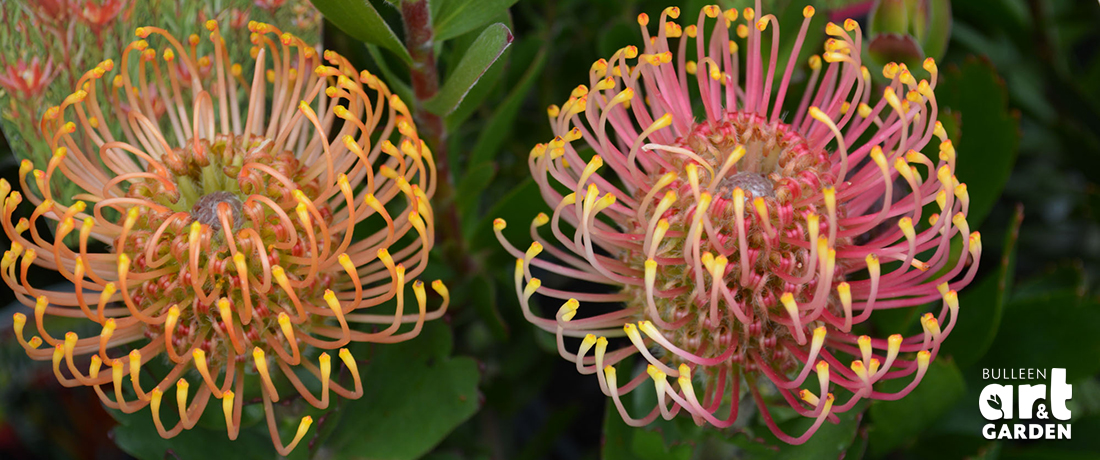
Proteas – Proteas, Leucadendrons, Leucospermum, Telopeas and some other Protea like shrubs offer colour and interest year around with minimal maintenance.
 |

Roses – Since its earliest cultivation the rose has been hybridised from the species to now boast such styles as old garden roses, hybrid teas, floribundas (cluster flowered), miniatures, climbers (pillar, climbers and ramblers), weepers, David Austins (English roses), groundcover, patio and shrub roses.
 |
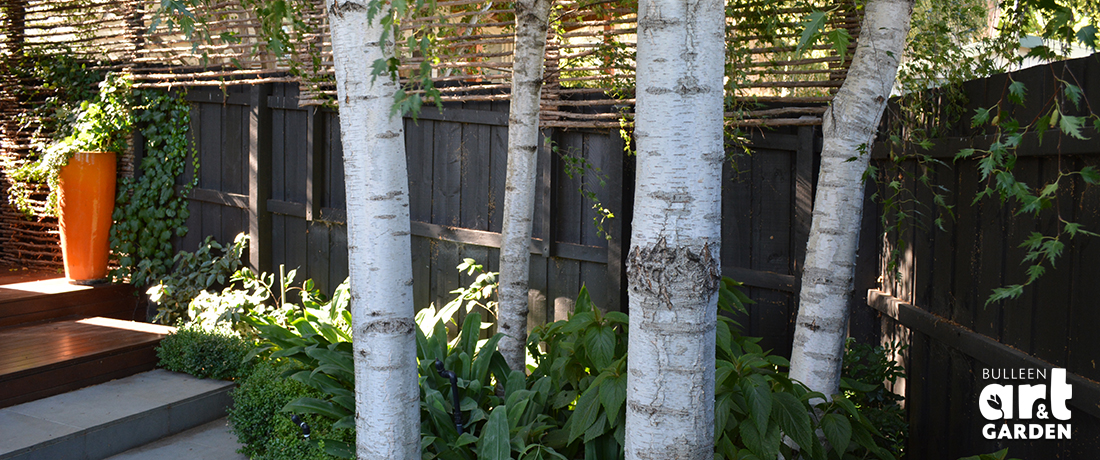
Silver Birch – Several decades ago Silver Birches were the tree of choice in Melbourne. Their glorious trunks and delicate foliage danced across the Melbourne landscape.
 |
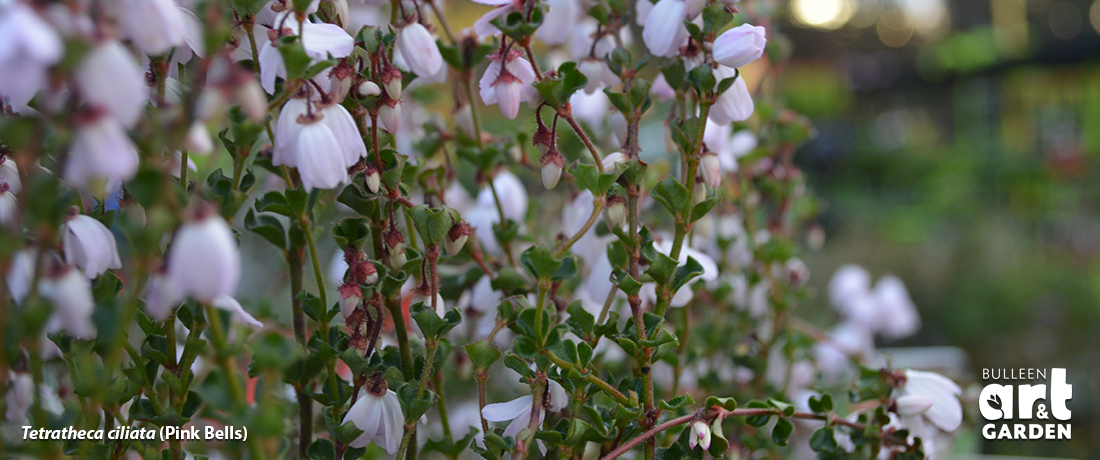
Tetratheca ciliata (Pink Bells) – The long flowering period make it a valuable pollen source for native bees. Frost tolerant and copes with dry exposed sites, but prefers some protection from the full sun. Looks best planted in groups. Gorgeous, delicate soft pink flowers from late winter through spring.
